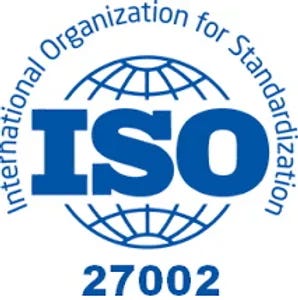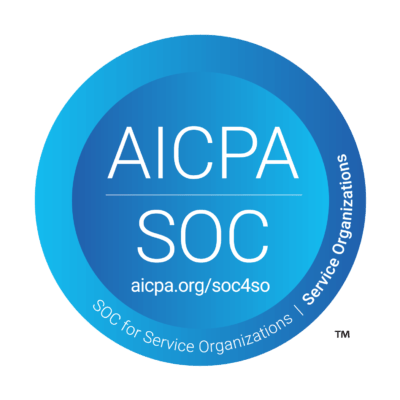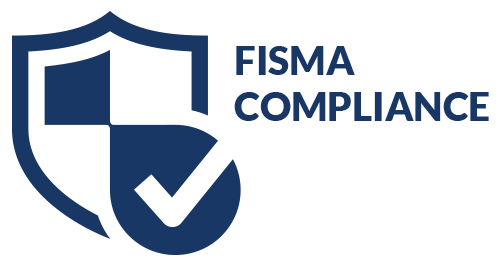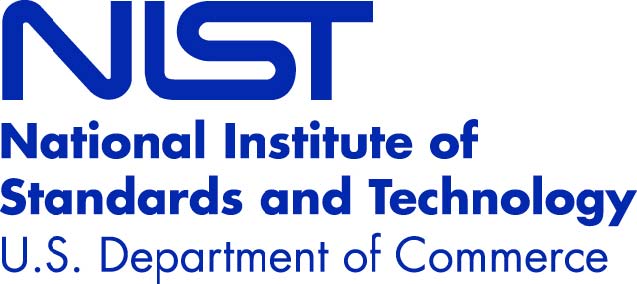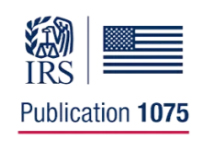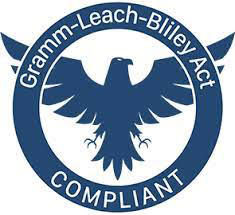Healthcare finance has always been complex, and it has only become more so in recent years. However, throughout all the adjustments made necessary by new payer models and other changes to how healthcare is delivered and paid for, the metric of Days in Accounts Receivable (DAR) has remained a top indicator of a healthcare provider’s financial performance.
In the U.S., median DAR is 52.46 days, and the lower you can get this figure, the better. Fewer AR days means that bills are being paid in a more timely manner, preventing the headaches of debt collection and helping cash flow remain healthy. Here are some strategies for reducing AR days.
Assess Where You Are Now in Terms of DAR
If you know your total accounts receivables and total charges for the last six months, you can compute your current DAR using the following two-step formula:
Average Daily Charges = (total charges for last 6 months) ÷ (number of days in last 6 months)
DAR = (total accounts receivables) ÷ (Average Daily Charges)
If this number is 40 to 50, then your billing performance would be considered average. The lower the number, the better. Knowing this number gives you a benchmark for future comparison.
You can also check the performance of your billing by checking the percentage of your accounts receivable in different “aging buckets.” In other words, what percentage of accounts in AR are 0 to 30 days old? What percentage are 31 to 60 days old, 61 to 90 days old, and 91 or more days old? It’s better to have more accounts in the 31 to 60 days bucket with the fewest in the 91+ days bucket.
Use Technology to Help You Increase Point of Service Collections
When patients believe that estimates for their out-of-pocket responsibility are accurate and fair before receiving services, they’re more likely to pay. Software that lets you estimate out-of-pocket liability in advance based on patients’ insurance coverage helps you start the conversation on payment early and helps patients feel like they are making a more informed decision.
Additionally, providers with multiple facilities get better results when their core EHR is integrated with their financial solutions system. This allows many parts of the revenue cycle to be automated and accelerated, ensuring insurance claims are submitted promptly, and bills can be sent out as soon as possible.
Offer Patients Options for How to Pay Their Bills
Patients are also likelier to pay promptly when they have multiple options for paying their portion of the bill, including paying by check or credit card, paying online, or by mobile app.
Healthcare providers with staff trained in financial counseling for paying medical bills can also be proactive in helping patients make suitable payment arrangements. The combination of healthcare staff trained in helping people understand their benefits, plus 24/7 online payment options can bring down days in accounts receivable and head off debt collection problems before they arise.
Healthcare providers that serve a high proportion of uninsured patients can reduce AR days over the long term by training personnel specifically in helping qualified individuals enroll in Medicaid, particularly in states that participated in Medicaid expansion.
We encourage you to contact us with your questions and learn more about healthcare debt collection.
